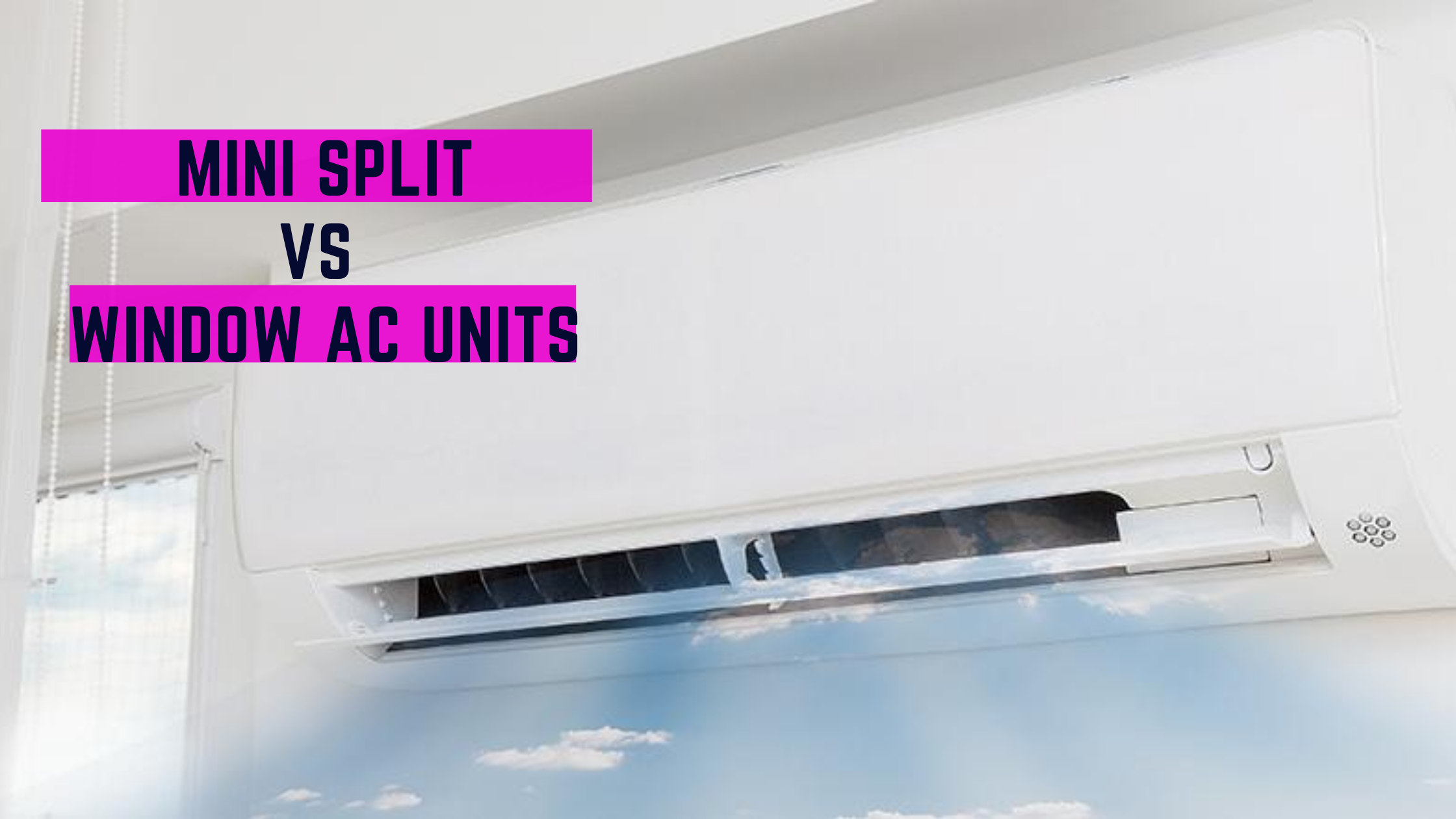Hi! In full disclosure, we may earn money from companies (like Amazon) mentioned in this post if you make a purchase through our links. Thanks in advance for the support!

How Does the Installation Process of a WiFi-Enabled Mini-Split/Ductless Air Conditioner Compare to Traditional Models?
When it comes to cooling your home, there are various options available, including traditional air conditioners and WiFi-enabled mini-split/ductless air conditioners. The installation process for these two types of cooling systems can differ significantly. In this article, we will explore the installation process for both options, highlighting the differences and benefits of a WiFi-enabled mini-split/ductless air conditioner.
Traditional Air Conditioner Installation Process
Installing a traditional air conditioner typically involves several steps:
- Pre-Installation Assessment: A professional HVAC technician will assess your home and determine the appropriate unit size for your cooling needs.
- Placement and Mounting: The outdoor unit, often called the condenser, is installed on a stable surface outside your home. The indoor unit, known as the evaporator, is typically placed on a wall or a window.
- Ductwork: If your home does not already have ductwork, it needs to be installed. This process can be time-consuming and expensive, especially if your home is not designed for traditional ducted systems.
- Refrigerant Line Installation: Refrigerant lines connect the indoor and outdoor units. These lines are crucial for the proper functioning of the air conditioner.
- Electrical Wiring: An electrical connection is necessary to power the air conditioning unit.
- Insulation: Insulating materials are added to ensure energy efficiency and protect against condensation.
- Testing and Start-Up: Once everything is installed, the system is tested to ensure it is functioning correctly.
The installation process for traditional air conditioners can be complex, requiring extensive planning, labor, and materials. Additionally, it may not be feasible or cost-effective for older homes without existing ductwork.
WiFi-Enabled Mini-Split/Ductless Air Conditioner Installation Process
The installation process for a WiFi-enabled mini-split/ductless air conditioner is generally simpler and more flexible compared to traditional models. Here are the main steps involved:
- Pre-Installation Assessment: A professional technician will still assess your home to determine the appropriate unit size and optimal placement.
- Mounting the Indoor Unit: The indoor unit is typically mounted on a wall or ceiling, allowing for efficient and zoned cooling.
- Refrigerant Line Installation: Similar to traditional models, refrigerant lines connect the indoor and outdoor units. However, mini-split systems require a smaller hole to pass the lines through the wall, minimizing potential air leaks.
- Electrical Wiring: Like traditional models, a power source is required to operate the system.
- Connecting to WiFi: This is the unique aspect of WiFi-enabled mini-split units. The indoor unit is connected to your home’s WiFi network, allowing you to control the temperature remotely through a mobile app.
- Testing and Start-Up: As with traditional units, the system is tested to ensure it is functioning correctly.
The installation process for WiFi-enabled mini-split/ductless air conditioners is typically quicker and less invasive, making it a great option for both new construction and retrofitting older homes without ductwork. It provides flexibility in terms of zone cooling and allows for energy-efficient temperature control.
The Benefits of a WiFi-Enabled Mini-Split/Ductless Air Conditioner
WiFi-enabled mini-split/ductless air conditioners offer several advantages over traditional models:
- Energy Efficiency: The ability to cool individual zones rather than the entire home can result in energy savings. You can adjust the temperature in each zone according to your preferences, avoiding unnecessary cooling.
- Improved Indoor Air Quality: Unlike traditional air conditioners, which can distribute allergens and pollutants through ductwork, mini-split systems have built-in air purifying filters, enhancing the air quality in your home.
- Easy Installation: As discussed earlier, the installation process is simpler and more adaptable, making it suitable for a wider range of homes.
- Wireless Control: The WiFi connectivity allows you to control your air conditioner remotely, even when you’re away from home. You can adjust the temperature, set timers, and receive notifications through a user-friendly mobile app.
- Quiet Operation: Mini-split systems are known for their quiet operation, making them ideal for bedrooms, living rooms, and other areas where noise can be disruptive.
With these benefits in mind, it’s clear why WiFi-enabled mini-split/ductless air conditioners are gaining popularity among homeowners.
Contact Us for a Quote
If you’re interested in installing a WiFi-enabled mini-split/ductless air conditioner in your home, contact us today for a quote. Our team of experienced professionals will assess your needs and provide you with the best solution for your cooling requirements.
CALL FOR QUOTE: 1.855.920.1857
Don’t miss out on the advantages of a WiFi-enabled mini-split/ductless air conditioner. Enjoy energy-efficient cooling, improved indoor air quality, and wireless control at your fingertips.
CALL FOR QUOTE: 1.855.920.1857

